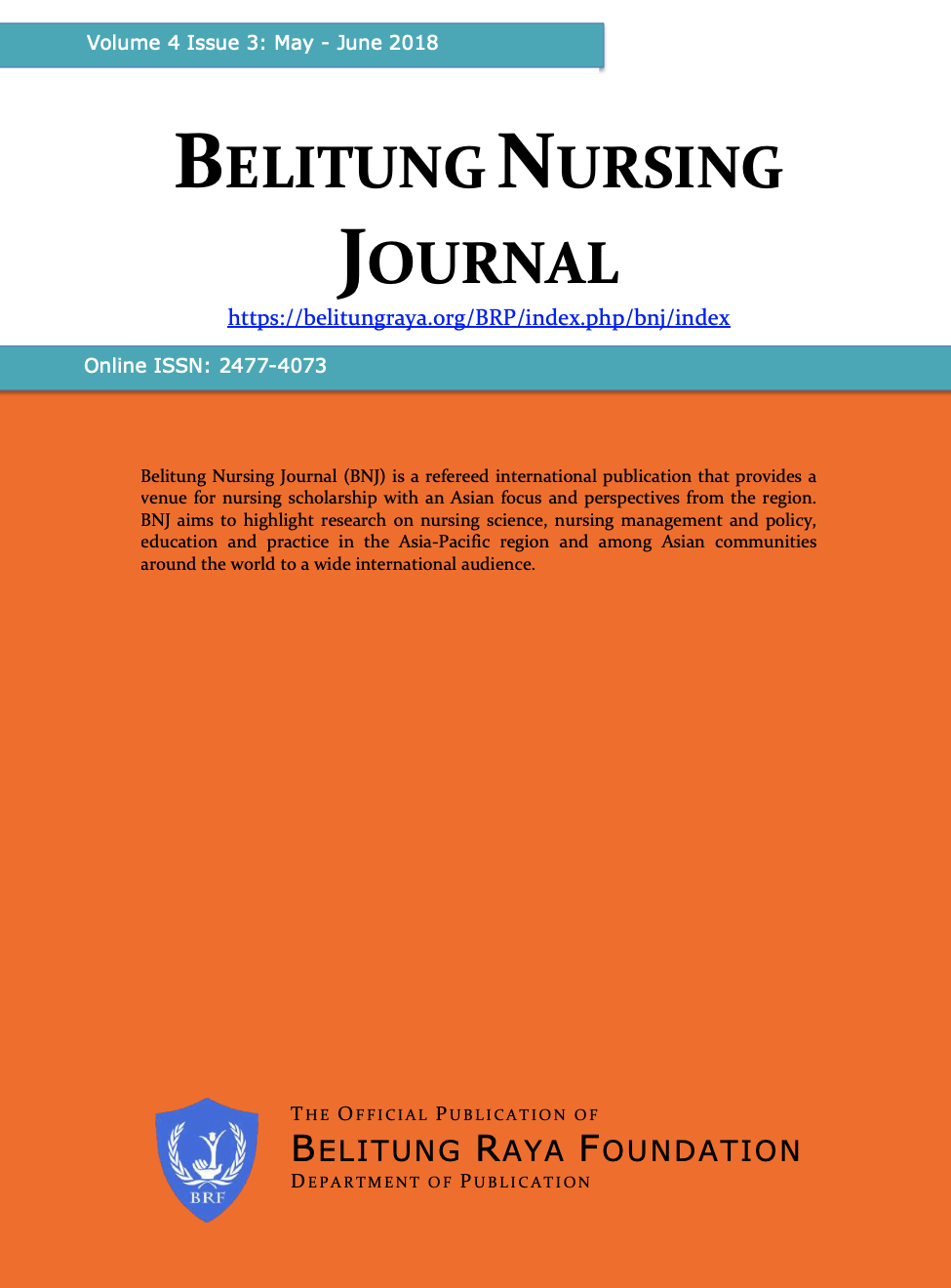Alhabas, M. S. (2016). Breastfeeding among working mothers in Saudi Arabia. South Carolina: University of South Carolina.
Asfaw, M. M., Argaw, M. D., & Kefene, Z. K. (2015). Factors associated with exclusive breastfeeding practices in Debre Berhan District, Central Ethiopia: a cross sectional community based study. International Breastfeeding Journal, 10(1), 23.
Babita, N. K., Singh, M., Malik, J. S., & Kalhan, M. (2014). Breastfeeding reduces breast cancer risk: A case-control study in north India. International Journal of Preventive Medicine, 5(6), 791.
Ballard, O., & Morrow, A. L. (2013). Human milk composition: nutrients and bioactive factors. Pediatric Clinics, 60(1), 49-74.
Carvalhaes, M. A. d. B. L., Parada, C. M. G. d. L., & Costa, M. P. d. (2007). Factors associated with exclusive breastfeeding in children under four months old in Botucatu-SP, Brazil. Revista Latino-Americana de Enfermagem, 15(1), 62-69.
Chien, L. Y., & Tai, C. J. (2007). Effect of delivery method and timing of breastfeeding initiation on breastfeeding outcomes in Taiwan. Birth, 34(2), 123-130.
Chung, S.-H., Kim, H.-R., Choi, Y.-S., & Bae, C.-W. (2013). Trends of breastfeeding rate in Korea (1994-2012): comparison with OECD and other countries. Journal of Korean Medical Science, 28(11), 1573-1580.
Dan, M. (2018). Tỷ lệ lao động nữ tại Việt Nam thuộc nhóm cao nhất thế giới [The percentage of female workers in Vietnam is the highest in the world]. Retrieved from http://thoibao taichinh vietnam.vn/pages/xa-hoi/2018-01-23/ty-le-lao-dong-nu-tai-viet-nam-thuoc-nhom-cao-nhat-the-gioi-52996.aspx
Dieterich, C. M., Felice, J. P., O’Sullivan, E., & Rasmussen, K. M. (2013). Breastfeeding and health outcomes for the mother-infant dyad. Pediatric Clinics of North America, 60(1), 31.
Hjälmhult, E., & Lomborg, K. (2012). Managing the first period at home with a newborn: A grounded theory study of mothers’ experiences. Scandinavian Journal of Caring Sciences, 26(4), 654-662.
Imdad, A., Yakoob, M. Y., & Bhutta, Z. A. (2011). Effect of breastfeeding promotion interventions on breastfeeding rates, with special focus on developing countries. BMC Public Health, 11(3), S24.
Jessri, M., Farmer, A. P., & Olson, K. (2013). Exploring Middle‐Eastern mothers’ perceptions and experiences of breastfeeding in Canada: An ethnographic study. Maternal and Child Nutrition, 9(1), 41-56.
Jones, J. R., Kogan, M. D., Singh, G. K., Dee, D. L., & Grummer-Strawn, L. M. (2011). Factors associated with exclusive breastfeeding in the United States. Pediatrics, peds. 2011-0841.
Kramer, M. S., & Kakuma, R. (2012). Optimal duration of exclusive breastfeeding. The Cochrane Library. 2012(8): 10.1002/14651858.CD003517. pub2
Liu, J., Leung, P., & Yang, A. (2013). Breastfeeding and active bonding protects against children’s internalizing behavior problems. Nutrients, 6(1), 76-89.
Maonga, A. R., Mahande, M. J., Damian, D. J., & Msuya, S. E. (2016). Factors affecting exclusive breastfeeding among women in Muheza District Tanga northeastern Tanzania: A mixed method community based study. Maternal and Child Health Journal, 20(1), 77-87.
Marinelli, K. A., Moren, K., Taylor, & The Academy of Breastfeeding Medicine, J. S. (2013). Breast-feeding support for mothers in workplace employment or educational settings: Summary statement. Breastfeeding Medicine, 8(1), 137-142.
McInnes, R. J., & Chambers, J. A. (2008). Supporting breastfeeding mothers: qualitative synthesis. Journal of Advanced Nursing, 62(4), 407-427.
Phillips, K. F. (2011). First-time breastfeeding mothers: perceptions and lived experiences with breastfeeding. International Journal of Childbirth Education, 26(3).
Rojjanasrirat, W. (2004). Working women’s breastfeeding experiences. MCN: The American Journal of Maternal/Child Nursing, 29(4), 222-227.
Saffari, M., Pakpour, A. H., & Chen, H. (2017). Factors influencing exclusive breastfeeding among Iranian mothers: A longitudinal population-based study. Health Promotion Perspectives, 7(1), 34.
Sarasua, I., Clausen, C., & Frunchak, V. (2009). Mothers' experiences with breastfeeding management and support: A quality improvement study. Breastfeeding Review, 17(1), 19.
UNICEF. (2017). Sustain breastfeeding together [cùng nhau duy trì nuôi con bằng sữa mẹ]. Retrieved from http://www.un.org.vn/vi/ unicef-agencypresscenter2-89/4475-world-breastfeeding-week-2017-highlights-the-importance-of-partnerships-to-achieving-health-and-economic-benefits-of-breastfeeding.html
United States Breastfeeding Committee. (2013). Workplace support in federal law. Retrieved from http://www.usbreastfeeding.org/work place-law
Victora, C. G., Bahl, R., Barros, A. J., França, G. V., Horton, S., Krasevec, J., . . . Rollins, N. C. (2016). Breastfeeding in the 21st century: epidemiology, mechanisms, and lifelong effect. The Lancet, 387(10017), 475-490.









